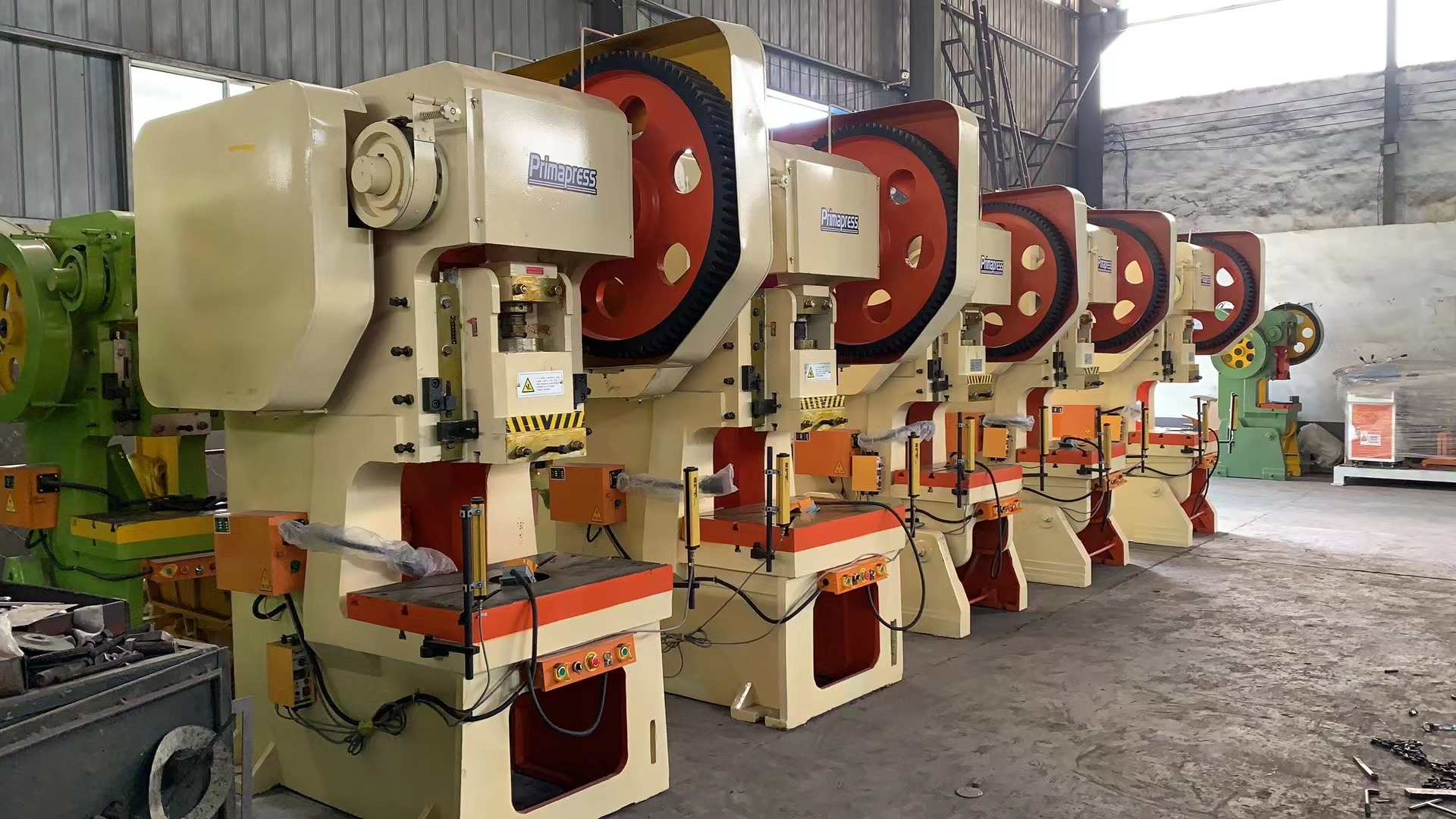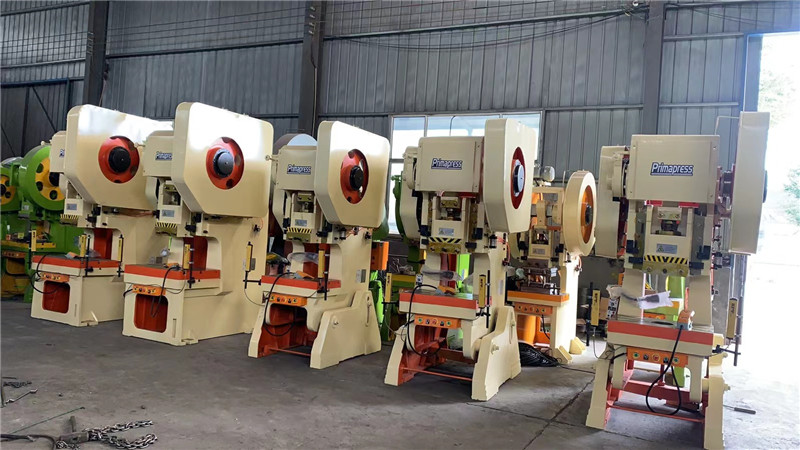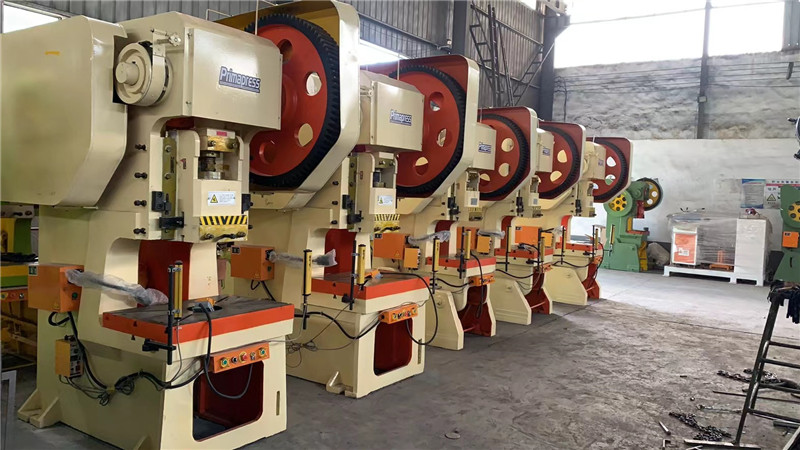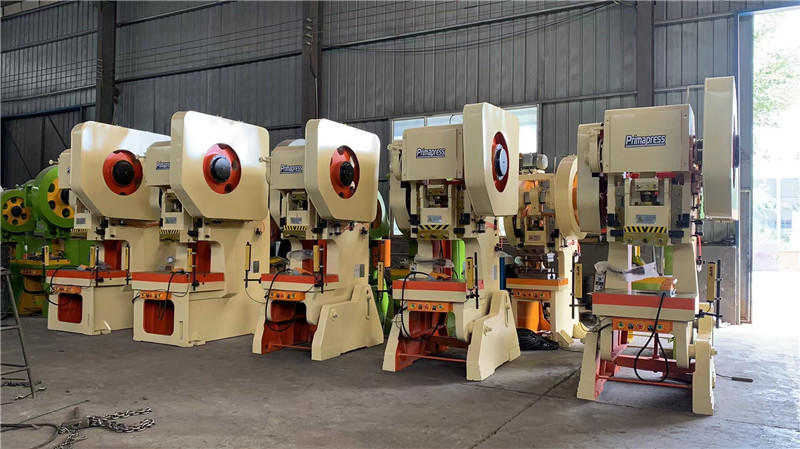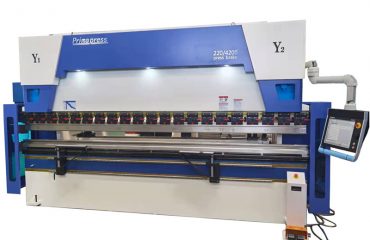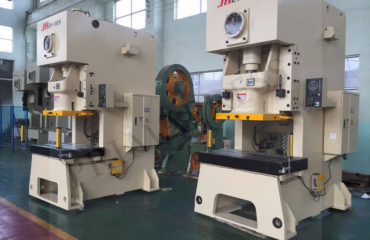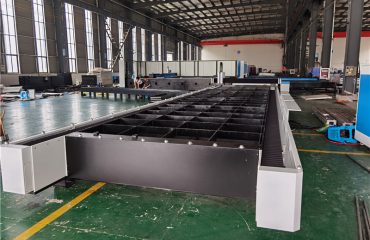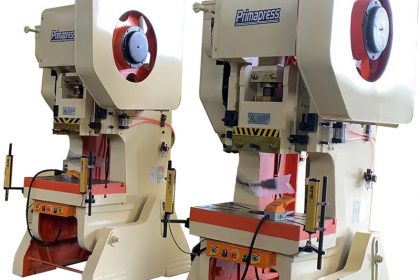
Method for machining capability of mechanical press and punching machine
(1) To calculate the processing pressure and pressure stroke curve of a fully automatic punch press, the required high pressure during processing and the pressure transition during the processing stroke should be calculated. Multi engineering processing should calculate the pressure stroke curves of each project, and then merge and calculate the generated pressure stroke curves. By determining the higher pressure and pressure stroke curve for processing, the appropriate pressure capacity can be determined. The decision on work ability should first determine the frequency of processing (how many times per minute). Installing an automatic feeding device to increase the horsepower of the punching machine is a motor that adds one level of horsepower. The ability of the punching machine should not be selected for just the right saturation application capacity, but should be selected for punching machines with a common capacity of 75-80% of the nominal capacity.
(2) Eccentric load, the level of concentrated load, is naturally present when two or more stamping dies are installed on one punch press or when continuous stamping dies are used. However, most other stamping processes also have eccentric loads. Due to the fact that the design of stamping capacity is generally based on the center load, it is necessary to pay attention to the decrease in pressure capacity when there is an eccentric load. Therefore, for work with eccentric loads, small punch presses with sufficient margin capacity should be selected. Cold forging processing mostly involves extreme concentrated loads. For work with concentrated loads, it is advisable to choose punching machines in the small die area as much as possible.
(3) When calculating the effective capacity of the die buffer and reducing the equipment’s die buffer, the extension capacity of the punch press is equal to the capacity of deducting the buffer. Generally, the capacity of the buffer is based on 1/6 of the nominal capacity of the punch press. This value may seem small at first glance, but near the midpoint of the punch press, it is not a low value compared to the effective drawing capacity that can be used for drawing processing, but a moderate value. Although a high buffering capacity of one-third of the punching capacity is required for processing purposes, in the case of standardized punching machines, the efficient extension capacity near the midpoint of the stroke will be significantly reduced (in extreme cases, the ability to push the buffer will be lost), so more attention should be paid. Therefore, for such a high buffering capacity, a higher torque capacity should also be selected for the feeding of small punch presses. If the cache capacity is raised too high, it will become an uneconomical structure due to the mismatch of torque capacity. Therefore, when it is necessary, it is better to consider using a reciprocating punch press.
